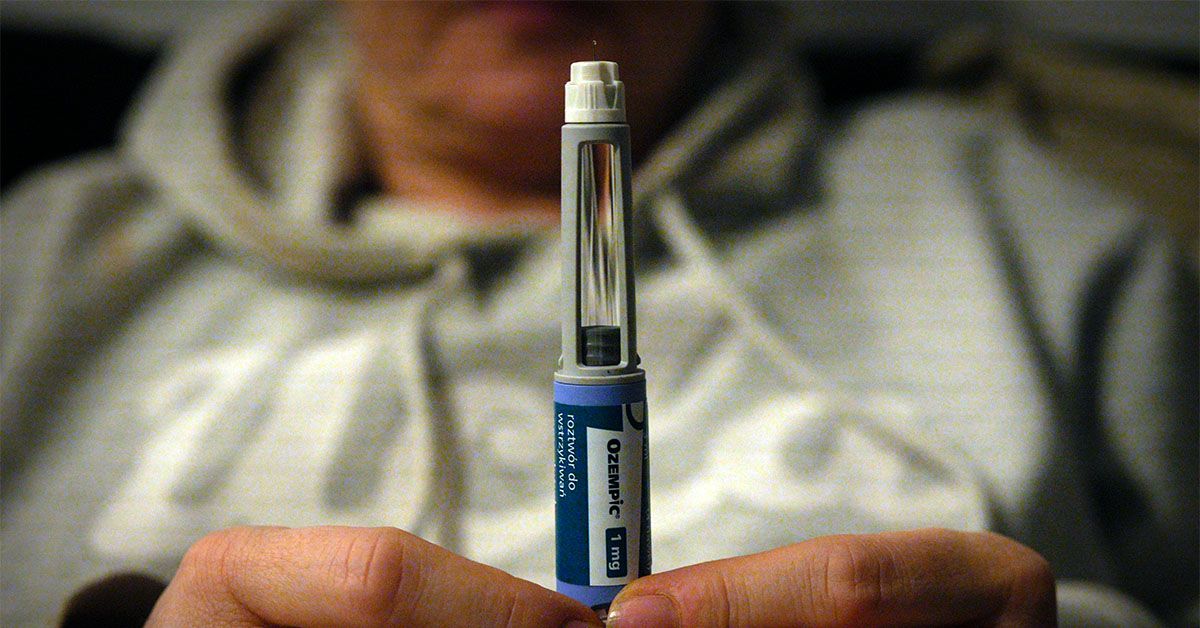- Arachidonic acid, a polyunsaturated omega-6 fatty acid, could be a key driver of bipolar disorder, according to a new study.
- Bipolar disorder is a mental health condition in which a person experiences intense bouts of manic highs and depressive lows that are often highly disruptive to their lives.
- Arachidonic acid is found in foods and human milk, suggesting that dietary interventions could help reduce the incidence and intensity of bipolar disorder.
When a person has bipolar disorder, they are overcome by an alternating cycle of extreme emotional highs and lows.
The condition can severely affect a person’s livelihood, as the highs are characterized by an unrealistic sense of invincibility, and the lows by debilitating depression.
The causes of bipolar disorder may vary, but it is believed the condition may be related to genetic factors.
A new study presents evidence that bipolar disorder (BPD) may be at least partially a product of low levels of
Arachidonic acid is a polyunsaturated omega-6 fatty acid. Lipids are fatty or waxy and water-insoluble substances in the body responsible for various key functions.
The researchers found that higher levels of arachidonic acid correlated to a lower incidence of bipolar disorder.
The findings are published in Biological Psychiatry.
Using publicly available metabolomic data from 14,296 European individuals, the authors of the study tested 913 circulating metabolites for a link to bipolar disorder, identifying 33 that are associated with the condition.
Most of the metabolites, including arachidonic acid, were lipids.
No association was found between the lipids and other disorders such as schizophrenia or depression.
The researchers found a slight suggestion of a connection to the regulation of a person’s response to the drug lithium, which is sometimes prescribed for bipolar disorder, though not to the degree it was in the past due to toxicity.
Significantly, the study found that the lipid associations with bipolar disorder were prompted by genetic variants within the FADS1/2/3 gene cluster.
This is known to be an area of strong risk factor for bipolar disorder and is responsible for initiating the conversion of linoleic acid into arachidonic acid.
Jason Ng, MD, associate professor of endocrinology and metabolism in the Department of Medicine at the University of Pittsburgh, not involved in the study, explained the FADS1/2/3 gene cluster results in “lipids of certain configurations that may lower or increase the risk of BPD.”
The study’s first author, David Stacy, PhD, a research fellow at the University of South Australia, described the genes’ role in encoding a family of fatty acid
“Since this gene cluster is
An important implication of this study is that dietary intervention could play a role in reducing the risk of bipolar disorder, particularly among those with a family history of the condition.
Dietary intervention could also help minimize the progression of this condition for those who already live with it.
Arachidonic acid is obtained through diet as an omega-6 fatty acid found in foods such as seafood, eggs, and meat. It can also be synthesized from dietary linoleic acid in nuts, seeds, and oils.
“Our findings suggest that a genetic propensity to lower plasma levels of arachidonic acid and arachidonic acid-containing complex lipids may be associated with a higher risk of bipolar disorder. We know that arachidonic acid plays an important role in brain development and functioning, but exactly how it might mediate [the] risk of bipolar disorder is unclear. Much work still needs to be done to determine this.”
— David Stacy, PhD, lead study author
Optimal levels for arachidonic acid are not yet known, another reason why this study represents early insights that may “potentially further the understanding of the underlying biology of bipolar disorder,” Ng explained to MNT.
“Higher levels of arachidonic acid have been associated with gallstone formation and brain inflammation. Lower levels of arachidonic acid may potentially increase the risk of some psychiatric disorders, such as bipolar disorder,” Ng said.
In addition, the human liver also synthesizes arachidonic acid from linoleic acid, which is present in human milk, suggesting a role in healthy neurodevelopment.
“This study continues to support looking at how we can optimize infant and child nutrition to get healthy amounts of arachidonic acid, which may help lower [the] risk of bipolar disorder in the future potentially,” Ng said.
Bipolar disorder was formerly referred to as manic-depressive disorder.
The National Institutes of Health (NIH)
There are
- Bipolar I disorder — With this form of BPD, manic moods last for at least seven days and for the better part of those days. At times, behavior can become so extreme that medical care is required. This is followed by a depressive episode that usually lasts at least two weeks. Some people may even experience both phases atop each other at the same time. “Rapid cycling” refers to having four or more episodes of mania or depression within one year.
- Bipolar II disorder — This is a less severe version of bipolar I but is also characterized by swings between manic and depressive moods.
- Cyclothymic disorder, or cyclothymia — A high-speed bipolar disorder in which manic and depressive moods do not last long enough to qualify as episodes.
If the current study’s findings are further verified, they may result in providing clinicians with biomarkers that may allow for a diagnosis of bipolar disorder.
“To my knowledge, there are currently no clinically approved blood biomarkers used for the diagnosis of bipolar disorder,” Stacy reported.
“The hope is that biomarkers will facilitate psychiatric diagnoses and guide treatment options in the future, but we’re not there yet,” Stacy concluded.
Read the full article here
















